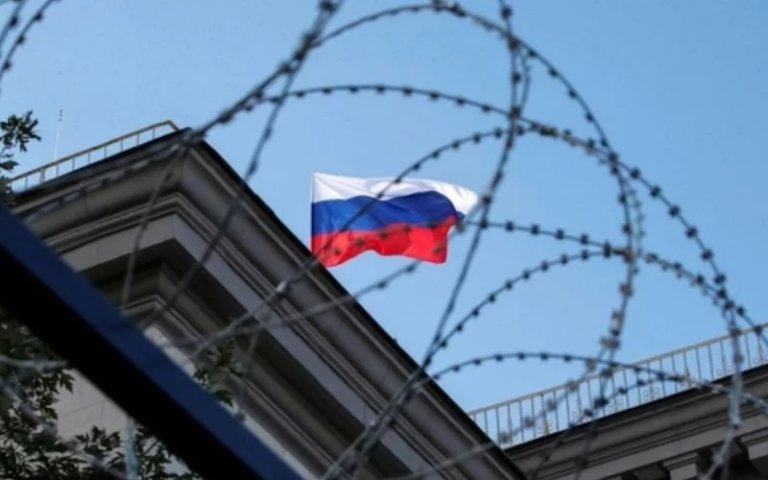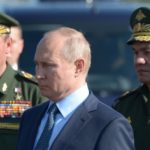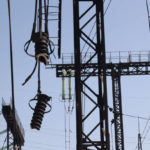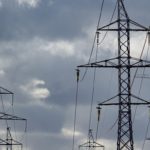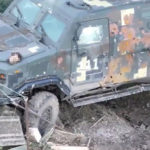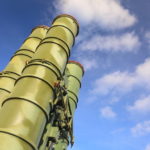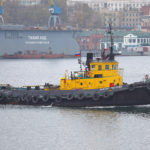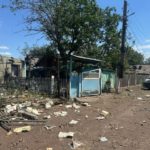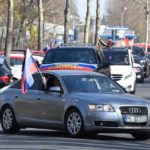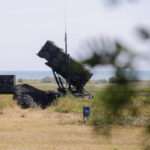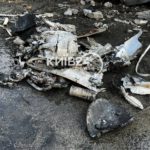President of Estonia Alar Karis signed a law on transferring Russian assets to compensate for the damage caused to Ukraine as a result of Russian aggression.
This was stated by President of Estonia Alar Karis, ERR reports.
According to him, according to the law, only the property of those “whose connection with the commission or facilitation of an unlawful act is established and sufficiently proven” can be confiscated and used for compensation.
“The fact that someone’s assets were frozen due to international sanctions is not sufficient grounds for expropriation”, he noted.
The President of Estonia added that the adopted law should be interpreted to mean that the transfer of property concerns those who actively participated in the commission of military aggression or violations of the rules of warfare.
Alar Karis acknowledged that confiscation of property in connection with participation in military aggression might raise unresolved legal issues, but “parliament should have the opportunity to make a political choice even in such an unclear situation”.
“Regardless of what one might think about the decision chosen in Estonia, there is no doubt that we need to find effective ways to guarantee the right of victims of aggression to receive compensation from those responsible for the harm caused”, said the President of Estonia.
On May 15, 65 members of the Estonian parliament (Riigikogu) voted for this law. It allows the use of property frozen based on sanctions against individuals and enterprises that facilitated Russia’s unlawful activities as compensation for the damage Russia must reimburse Ukraine.
It is worth noting that at the end of May, the EU Council adopted a series of legislative acts ensuring that the net profit from frozen Russian assets will be used for further military support of Ukraine, as well as strengthening its defense potential and reconstruction.
It should be reminded that the assets of the Central Bank of the Russian Federation frozen in various Western jurisdictions amount to over $300 billion. The assets frozen in France alone would be enough, among other things, for the construction of a new hydroelectric power plant to replace the Kakhovska HPP.
Photo:open sources
